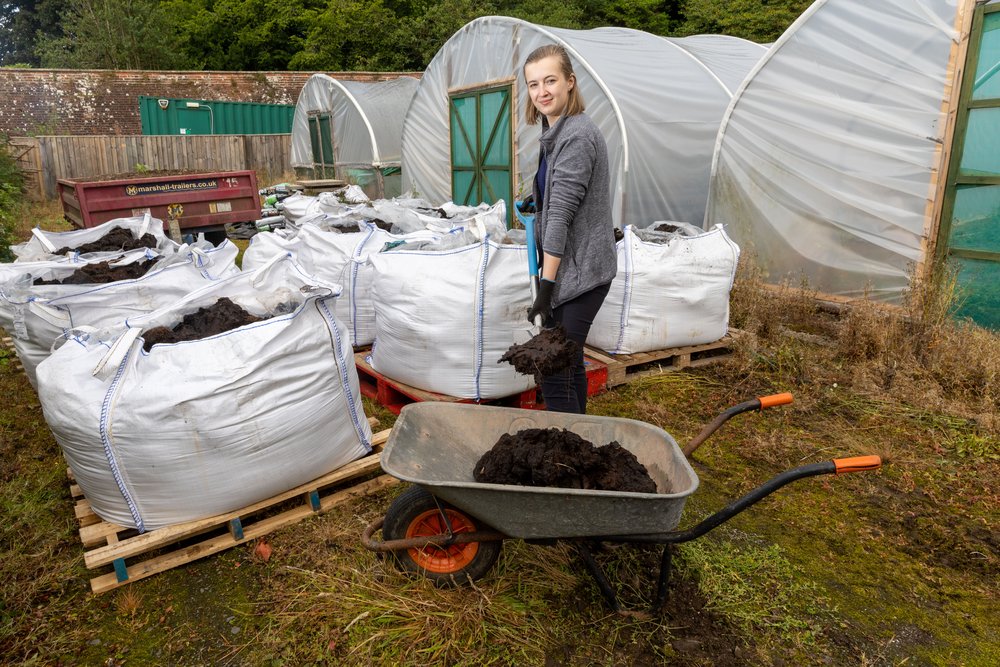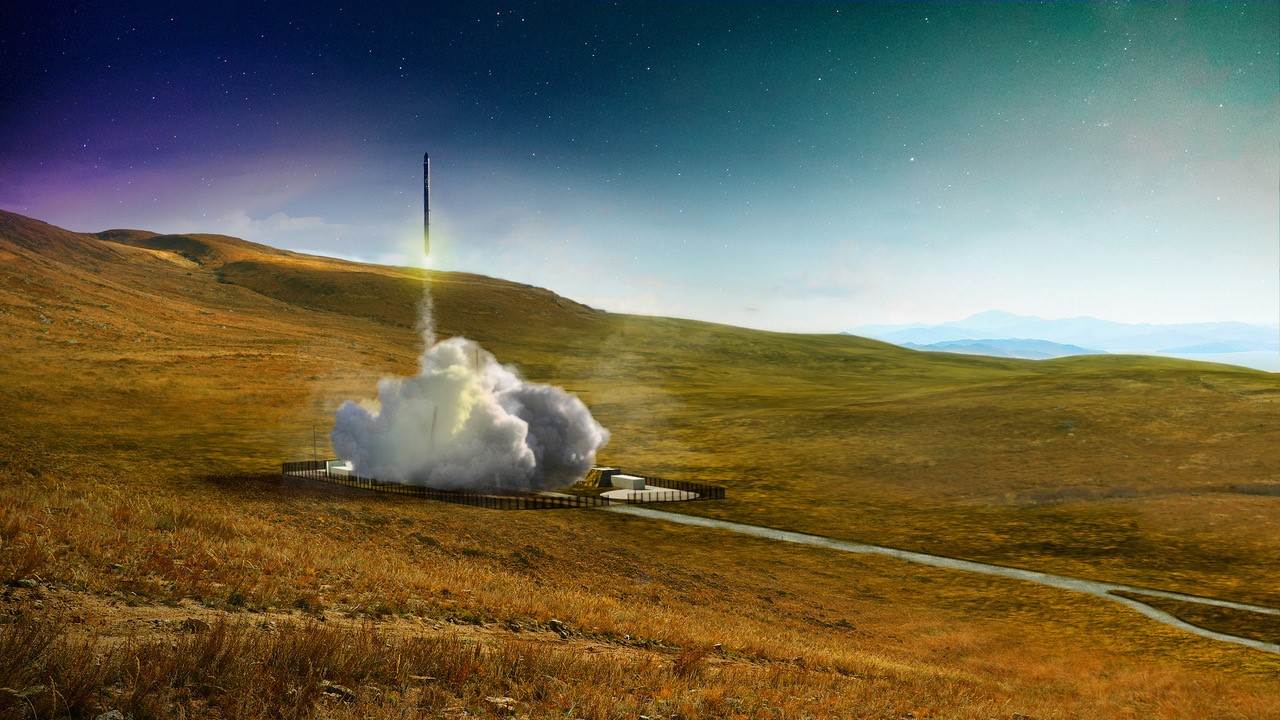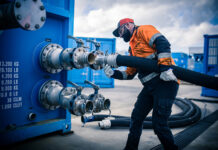
PEAT has been taken from the site of what will become the Sutherland Spaceport to be recreated into a test bog at the University of Stirling.
The peat bog will be closely monitored in a controlled setting and forms part of a wider research project between the learning institute and Orbex.

PhD student, Georgina Page, is leading the ‘pioneering’ project hoped to improve the understanding of the role changing water levels play in peatland restoration. The project will study peatland for the effects of seasonal fluctuations, also known as bog breathing.
The work is being backed by Peatland ACTION and, alongside the test bog, will use data from a high-resolution remote sensing radar to model the water table changes. Orbex explained that, by monitoring the fluctuations in water levels, the initiative will assess the success of existing and future peatland restoration projects.

Orbex is currently building its Sutherland Spaceport in the heart of Scotland’s peatlands. As with its Orbex Prime Rocket, which is fuelled by a renewable form of propane, the spaceport is being built with sustainability in mind and is intended to be the first spaceport globally to be carbon-neutral in its construction and operation.
Peat lifted during the construction will be re-used to repair large areas of peatland that have degraded over centuries and a peat management plan is in place to support this activity, Orbex added.
Martin Coates, CEO of Orbex, commented, “Peatland preservation is essential to supporting a sustainable, low-carbon future. In Scotland, peat bogs are responsible for storing 1.7 billion tons of carbon. We are delighted that the beautiful peatlands that Sutherland Spaceport calls home can play a part to support this research into mitigating the harmful effects of climate change. That’s why Orbex is championing the important work of Georgina and the University of Stirling in understanding more to achieve peat restoration.”
Georgina Page, PhD Researcher, Faculty of Natural Sciences at the University of Stirling, added, “Monitoring peatland restoration is a step towards improving carbon capture. We are measuring the water table depth in peatlands using advanced satellite SAR technology.
“The results of this experiment will help us assess the success of restoration efforts and, in future, enable us to identify peatland areas that would benefit most from restoration.”








